Last Mountain Lake: Oldest Bird Sanctuary in North America
1The Algonquian Indians believed that Last Mountain Lake was formed by a great spirit who dug out the lake’s valley to build mountains with its dirt. Some say he made the lake to make room for all the birds of the region.
Of course there was no great spirit – the lake was formed by glaciation. But it is true that Last Mountain Lake has more waterfowl than most anywhere.
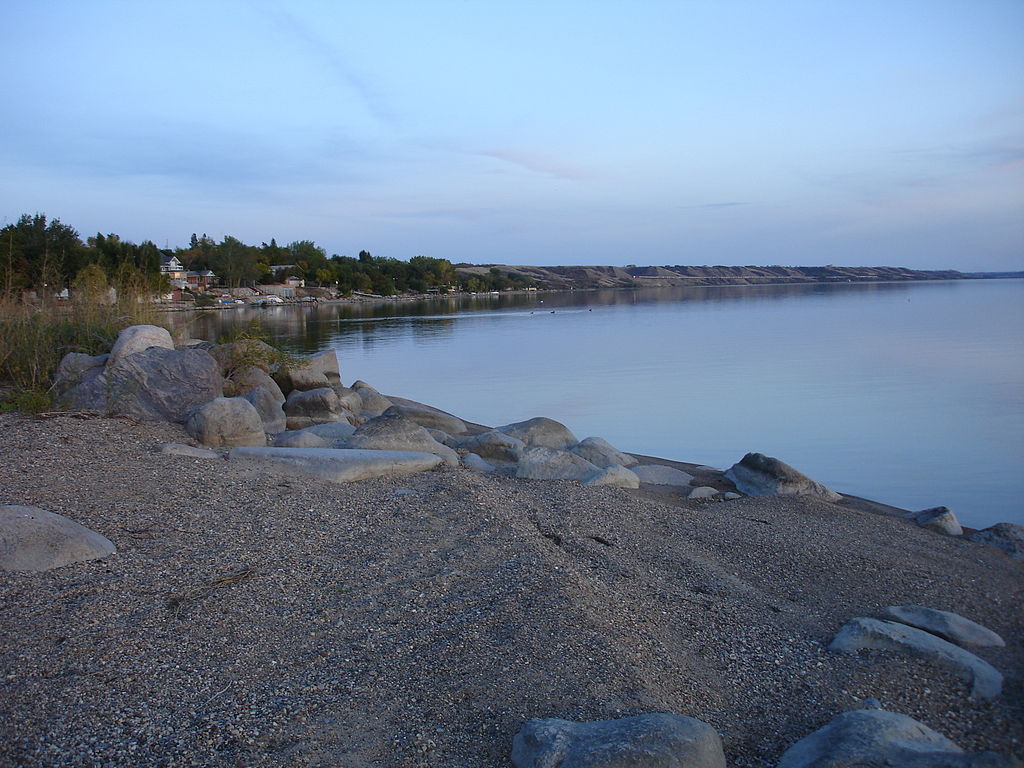
Last Mountain Lake. (Credit: Wikipedia User Dixonsatthelake via Wikimedia Commons)
It was the first federal bird sanctuary ever named in North America, designated in 1887. Sitting in the Canadian province of Saskatchewan, it supports hundreds of thousands of birds.
Last Mountain Lake is highly ideal for birds because of its good habitat and the biodiversity it supports, and is one of the most productive lakes in all of Saskatchewan.

Marshland near Last Mountain Lake. (Credit: Environment Canada)
Waterfowl – including Peregrine Falcons, Sandhill Cranes, Whooping Cranes, ducks and geese – use the lake’s water as a food source, mating grounds and resting place during migration.
Since its designation as a sanctuary, areas around Last Mountain Lake have been added as protected zones. These are mostly wetlands that support nine of the 36 endangered bird species known to exist in Canada.

Birds fly over Last Mountain Lake. (Credit: Environment Canada)
The so-called “Wetland of International Importance” and lake lend habitat to nesting birds like pelicans, cormorants and gulls. Grebes, known for their ability to dive and snatch prey, are particularly dependent on the area.
Beyond birds, Last Mountain Lake’s water is a draw for residents nearby. It contains substantial populations of fish including walleye, yellow perch and northern pike. Numerous species of wildlife also live near its banks.
According to the Last Mountain Lake Stewardship Group, water quality monitoring efforts around the lake were supported by the provincial government until around 2008.




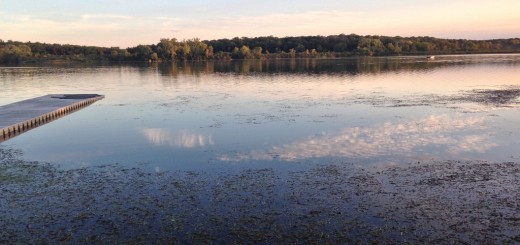
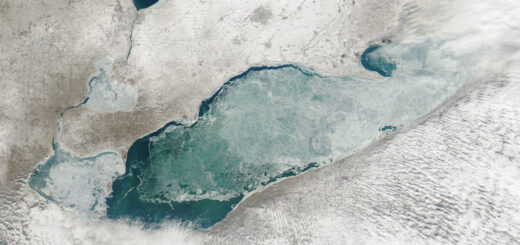

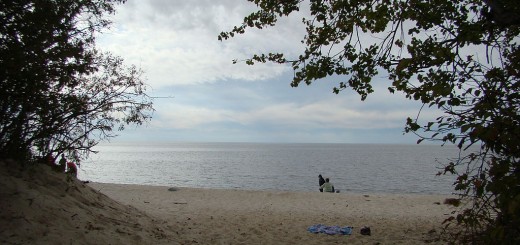


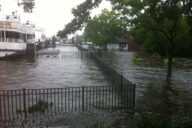



It looks like a beautiful place and I look forward to visiting it someday, however, I do need to not that the oldest bird sanctuary in North America is Lake Merritt in Oakland California.
http://www2.oaklandnet.com/government/o/opr/s/Parks/OAK032395